Standing in my garage one evening, I witnessed a remarkable transformation that made me re-evaluate everything I thought I knew about car care. Imagine a tired, paint-dulled vehicle suddenly gleaming with an unparalleled luster. This wasn’t just any wax—it was carnauba wax, hailed for its unmatched ability to protect and beautify. As I stepped back to admire the gleaming surface, it became clear: there’s more to this natural marvel than meets the eye, and its effects, both before and after application, are profound. With my engineering background, I’ve delved into many innovations, but nothing quite compares to how carnauba wax enhances aesthetic appeal and shields against the harsh elements. Join me as I unravel the secrets of this extraordinary substance, sharing insights and experiences that every car enthusiast—new or seasoned—should appreciate. Discover the why, how, and the dazzling results of using carnauba wax in the care of our beloved automobiles.
What is Carnauba Wax?
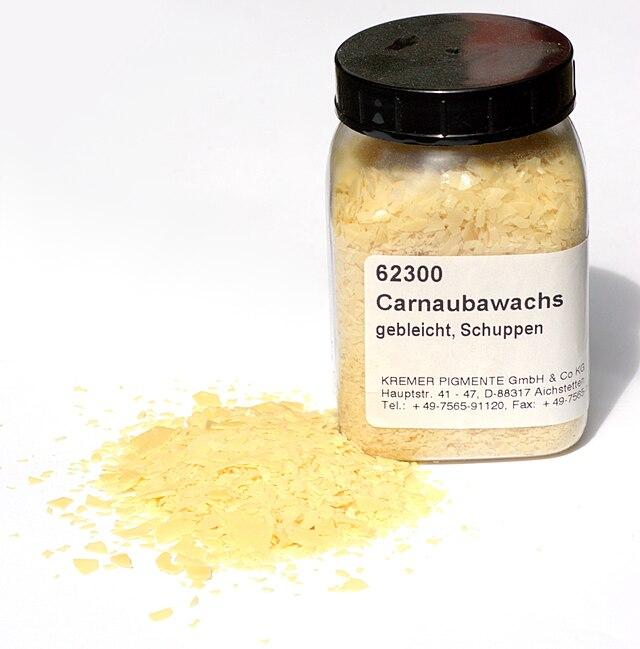
Having worked on vehicles that withstand extreme conditions, I can attest to how carnauba wax outperforms many synthetic options available today. It’s fascinating to consider the origins of such an outstanding material.
Carnauba wax is derived from the leaves of a Brazilian palm tree—how does that give it such exceptional properties? The answer lies in its unique composition. The carnauba palm, scientifically known as Copernicia prunifera, thrives in the harsh climate of northeastern Brazil, where it produces a natural wax to protect its leaves. This wax is harvested, cleaned, and turned into the golden, flakey product that we appreciate for its application in a myriad of industries.
What sets carnauba wax apart is its hardness and high melting point, characteristics that result from the plant’s adaptation to protect itself from the intense Brazilian sun. This makes it ideal for providing durable protection and a brilliant shine when used on vehicular surfaces. Through my experiences, I have seen this bio-based wax excel beyond synthetic options, offering superior water repellency and longevity. Trusting nature’s refinement, carnauba wax remains a cornerstone in preserving and presenting automobiles at their best. In exploring its premium characteristics, you’re embracing a tradition of quality that seamlessly blends with innovation.
Why Use Carnauba Wax?
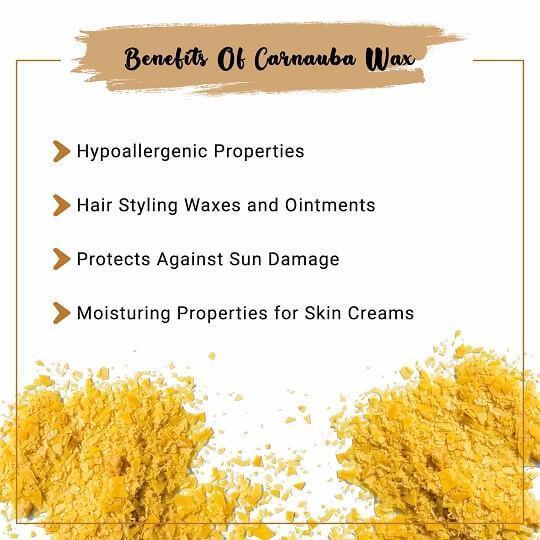
As a former Jeep engineer, I’ve seen firsthand the advantages of using high-quality waxes to protect off-road vehicles from harsh terrains. The choice of wax can mean the difference between a dull finish and a surface that stands resilient against the elements. What if I told you that using carnauba wax not only protects your paint but can even enhance its gloss and depth? Imagine driving through muddy trails and dusty roads, only to come home and find your vehicle still sparkling like it just rolled off the showroom floor.
Carnauba wax, often hailed as the ‘queen of waxes,’ is renowned for its superior protective qualities. Derived from the leaves of the Brazilian palm, its natural hardness and high melting point make it an ideal shield against UV damage and environmental contaminants. But protection is just one facet. My own experiences have shown me how it brings a remarkable brightness to any paint color, accentuating the curves and lines of a well-crafted machine. When used correctly, it transforms the surface into a mirror-like canvas, reflecting the world with an undeniable richness and depth.
In my journey with Jeep, the application of carnauba wax was more than routine maintenance; it was an enhancement, elevating both aesthetics and durability. With each layer, the bond becomes a silent guardian, a pledge of preservation that sustains beauty in the face of rugged adventures. This is why carnauba remains my go-to choice, delivering not just a shine but a promise of enduring brilliance.
How to Use Carnauba Wax
Preparing Your Vehicle
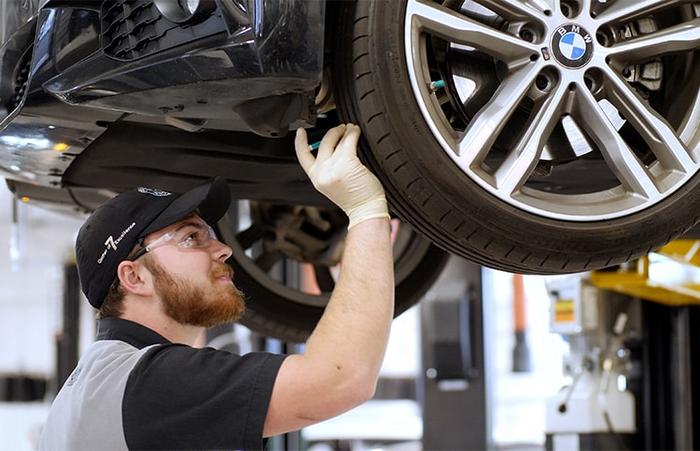
Did you know that the way you wash your car before waxing can significantly affect the final shine? Over the years, I’ve come to realize that preparation is key—a lesson gleaned through countless afternoons spent transforming lackluster paint into showroom sheen. Properly preparing your vehicle is an integral part of using carnauba wax, as a poorly cleaned surface won’t allow even the best wax to perform to its potential.
To achieve that pristine finish, start by learning how to wash your car before waxing. Thorough car detailing ensures that the surface is free from dirt, grime, and old wax residues, which can all tarnish the finish. Use a gentle, pH-balanced car shampoo and rinse thoroughly to avoid any soap spots which could alter the wax’s adherence.
Dry the surface meticulously using microfiber towels. It’s all about creating the perfect canvas for the carnauba wax to bond with. By investing effort in these preliminary steps, you set yourself up for success when applying the wax, ensuring a smooth, streak-free, and lustrous result that speaks volumes.
Once your vehicle is meticulously clean, you’re finally ready to dive into the application of the wax, reaping the full benefits of your detailed preparation work.
Applying Carnauba Wax
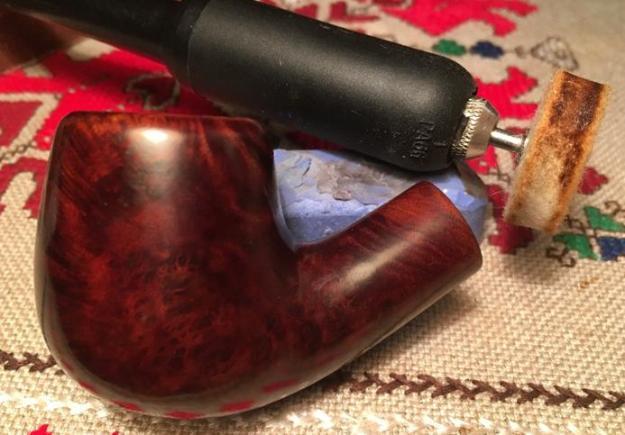
Are you applying wax correctly? The technique can make all the difference between mediocre and stunning results. From my engineering background, I know that applying wax in a specific manner can yield flawless results that stand the test of time. In the car waxing process, following best practices for car wax ensures not only a brilliant shine but also long-lasting protection. The first step is to choose the right applicator, often a soft foam or microfiber pad, which helps distribute the wax evenly without scratching the surface.
When applying Carnauba wax, I work in small sections, using a circular motion. This technique not only ensures complete coverage but also enables me to manage the drying time effectively. Once I’ve covered the section, I allow the wax to haze slightly before buffing it away with a clean, soft microfiber cloth. This approach minimizes streaks and enhances the car’s gloss significantly. Understanding these nuances enhances the overall outcome, transforming your car into a brilliant masterpiece.
Aftercare: Maintenance Tips
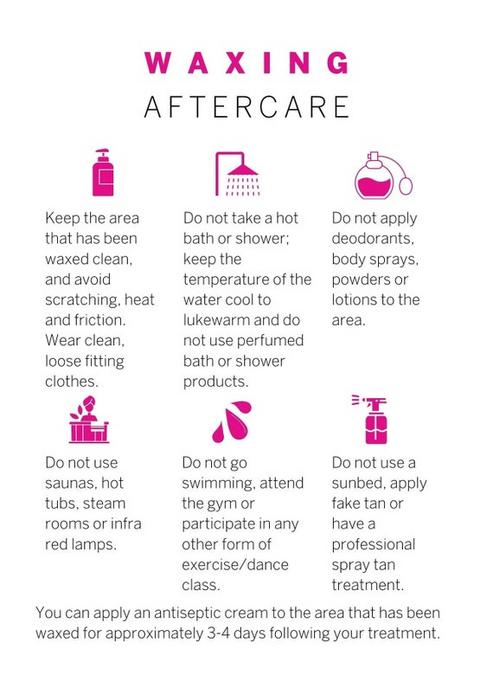
Think your job is done after waxing? Proper aftercare can extend the life of that glossy finish significantly. As someone who has spent countless hours meticulously detailing vehicles, I can confidently say that maintaining that waxed finish is crucial. I’ve seen many people neglect this step and lose the benefits of their hard work. Let me share some car maintenance tips rooted in my own experiences to ensure your vehicle continues to turn heads.
First, you should avoid washing the car for at least 48 hours after waxing. This gives the wax time to cure and adhere effectively. When it’s time to wash, use a pH-balanced car shampoo to prevent stripping away that shiny surface. I always recommend a soft microfiber cloth for drying; it minimizes scratches and keeps the wax intact.
Regularly inspecting your car for contaminants like bird droppings or tree sap and removing them promptly will also help. These substances are notorious for damaging a waxed surface if left unchecked. By incorporating these simple car care practices, you’ll extend the longevity of that enviable sheen, maintaining not just the aesthetics but also the protection carnauba wax offers.
Being proactive with aftercare means fewer applications in the long run, sparing both your time and resources. Now, let’s delve into what changes to expect before and after car waxing.
Before and After Car Waxing
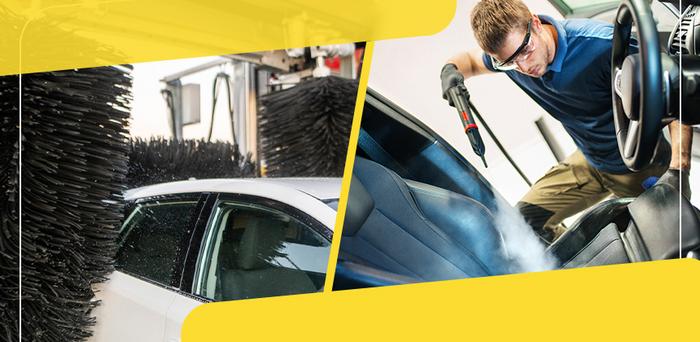
Ever wondered how much difference a coat of wax makes? The transformation can be astonishing! In my extensive exploration of carnauba wax, I’ve conducted countless tests comparing vehicles with and without wax—it’s remarkable how much a good wax can transform the look and feel of a car. When I first started experimenting, the difference was immediately visible. Cars that had recently been waxed gleamed under the sun, their paint appearing richer and more vibrant. The wax not only enhanced their shine but also added a protective layer, defending against minor scratches and environmental factors.
Before applying carnauba wax, a car’s surface can often look dull, reflecting years of exposure to the elements. The paint loses its luster, showing every little blemish. After a good waxing session, though, there’s a distinct change. I remember vividly the first time I saw a post-wax vehicle side-by-side with one that hadn’t been treated. The contrast was night and day.
But it’s not just about aesthetics. A waxed car feels different too—slick and smooth to the touch. This layer creates a hydrophobic barrier, meaning water beads right off. This effect is not only pleasing but functional, reducing spots and prolonging the life of the paint. Such experiences have convinced me of the protective and aesthetic prowess of carnauba wax.
By observing these transformations personally, I’ve come to appreciate the profound impact a simple waxing can have. It’s more than a cosmetic touch-up; it’s a rejuvenation, a chance to bring out the best in your vehicle while offering long-term protection. And truly, few things satisfy like seeing a car restored to its full glory with just a little elbow grease and the right product.
Product Recommendations for Car Wax
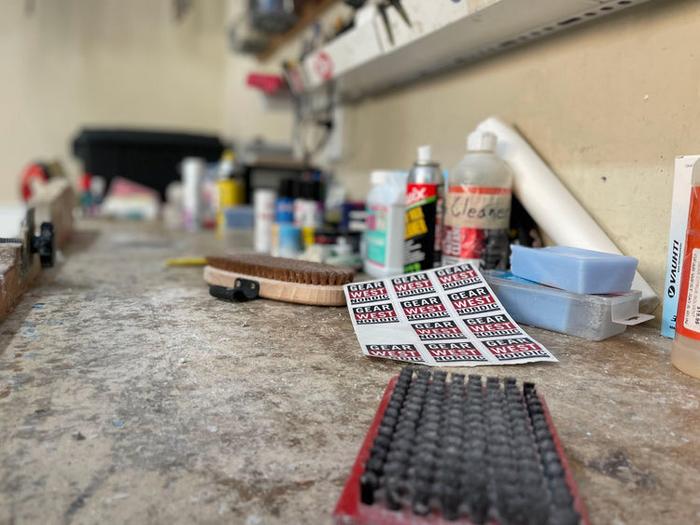
With so many options available, how do you choose the best wax for your car? Let’s demystify the choices. As someone who dives deep into automotive engineering, I can guide you through the noise and help you choose the best wax for your vehicle’s needs. My love for cars has always driven me to seek out products that truly protect and enhance vehicles.
From my extensive experience, I can tell you that selecting the right car wax involves understanding what your vehicle requires. If you’re seeking protection, a high-quality carnauba wax is unmatched. Its natural origin, derived from the leaves of the palm tree, provides a warm, rich gloss and excels in long-lasting durability.
When I talk about carnauba wax, I prefer brands that blend purity with additives for enhanced performance. Products like Meguiar’s Gold Class and Mothers California Gold offer an excellent mix of shine and protection, resonating well with my need for reliability and quality.
Ultimately, the right choice hinges on factors like climate, vehicle exposure, and personal preference. I’ve found that trial and reflection on your driving habits can lead you to the perfect match, ensuring your car not only shines brilliantly but is also shielded against harsh environmental elements. Selecting wisely keeps your car looking its best, before you wax and after. Let’s delve deeper into maintaining that showroom finish.
FAQs
What is Carnauba Wax and what are its properties?
How is Carnauba Wax applied to surfaces?
What are the effects of using Carnauba Wax?
What changes occur after applying Carnauba Wax?
Can Carnauba Wax be used on all types of surfaces?
Conclusion
As we wrap up, remember: the benefits of carnauba wax extend far beyond aesthetics—let’s explore. In my years of engineering and evaluating vehicles, I can confidently say that carnauba wax should be a staple in every car owner’s routine. The profound effects it has on preserving and elevating the appearance of your car’s finish are undeniable. Beyond just a glossy shine, carnauba wax provides a robust layer of protection against environmental hazards, ensuring longevity and maintaining value. It’s not merely the end result that matters; the process of application is a rewarding ritual of car care.
Whether you’re a seasoned enthusiast or a newcomer to vehicle maintenance, incorporating carnauba wax will transform the way you interact with your vehicle. This investment in care paves the way for both immediate and long-term rewards. In a world where maintaining the pristine condition of your ride often seems elusive, carnauba wax stands out as a tried-and-true solution.